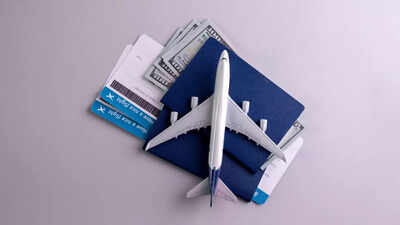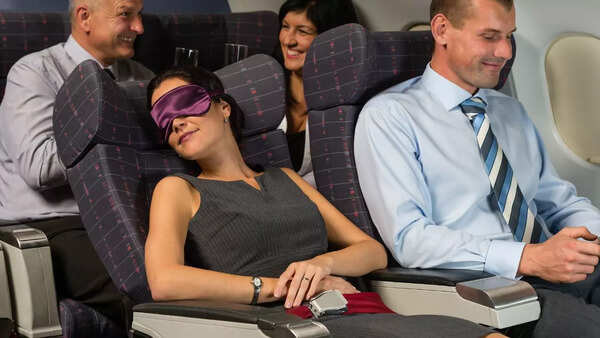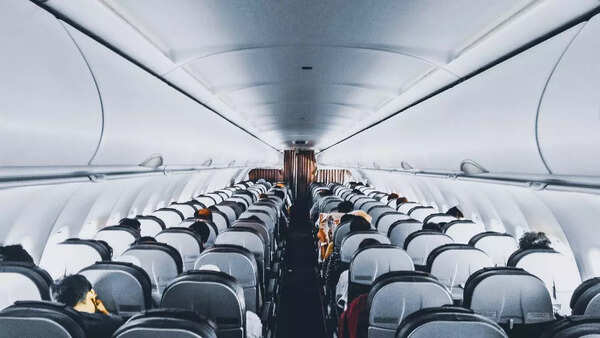
Catching flights is often a whirlwind experience, filled with long queues, early arrivals, baggage checks, and security screenings—not to mention the rush to find your gate in time. While short flights might feel like a quick hop, long-haul journeys require the next level of preparation to ensure comfort. Many travelers instinctively opt for cozy attire, like shorts and flip-flops, to make the trip more bearable. While this might seem like the best choice for comfort, it’s far from the most hygienic option, especially when you are 40,000 feet above in the air.
Experienced flight attendant Tommy Cimato took to TikTok to share practical travel tips, including one surprising piece of advice: skip the shorts when flying. Tommy explains that one never knows how clean the seats on the plane are. He says in the clip, “If you wear pants, you minimize the risk of germs coming into contact with your skin.” As air travel gets more and more accessible, to meet the demand, commercial flights make several trips in a day. With so much traveling each day, we can’t be sure what the seats have been exposed to, so as a precaution wearing longer clothes will help from exposing yourself to germs.

The danger of germs is not limited to our seats, the windows, trays, and hand rests all might contain germs and bacteria. Cimato emphasized, “It’s the same issue as leaning against the window. You don’t know how many people or children have touched the window or wiped their hands on it.”
Cimato also warns against touching the toilet flush button with bare hands. “It’s honestly super unsanitary,” he says. Instead, he suggests using a napkin or tissue paper to press the flush button.
Additionally, at cruising altitudes, airplane cabins typically maintain a humidity level of 10% to 20%, significantly lower than the ideal range of 30% to 60%. This dry environment can lead to increased water loss from your skin and lungs with each breath you take. To avoid getting dehydrated, Cimato suggests drinking about 16 ounces of water per flight.

While airplanes undergo various hygiene and maintenance procedures to provide a safe and clean environment for passengers and crew, it’s important to acknowledge that when flights operate multiple rounds in quick succession, these measures may sometimes be overlooked. Hence, it is the responsibility of everyone to maintain hygiene and cleanliness while traveling. Despite regular maintenance, quick-turnaround flights might occasionally miss thorough hygiene checks. Hygiene regulations on planes are guided by a mix of airline policies and government regulations to ensure passenger safety and comfort.
It is also crucial for passengers to contribute to maintaining cleanliness during their journey. Simple actions like disposing of trash properly, sanitizing hands, and being mindful of surroundings can significantly enhance the overall travel experience. Everyone’s effort is essential to ensure a safe and hygienic environment for all passengers and crew members, making travel more comfortable and secure for everyone on board.
